Equipment
Picking the perfect putter
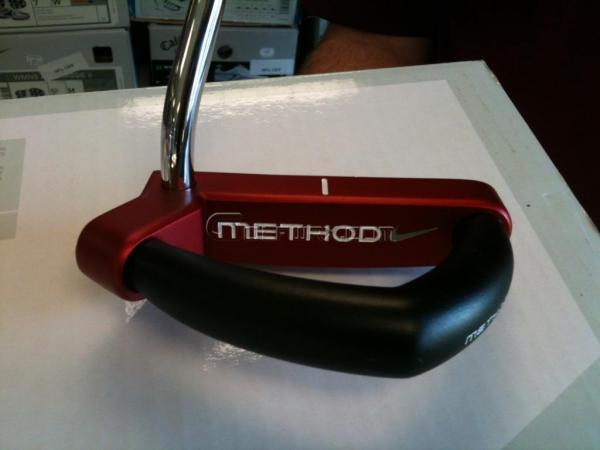
Picking the perfect putter
By Zak Kozuchowski
GolfWRX Staff
Most golfers own many more putters than they do club championship trophies. But there’s good news for those that would rather sooth their putting woes at their pro shop than on their home course’s putting green. Putter technology is better than ever been before, and it can help you make more putts without changing your stroke.
I spoke with top putter designers from Nike Golf, Cleveland Golf and TaylorMade about the technology in their latest putter lines. While their putters differ in shape, style, color and materials, all the designers have one common goal — they want you to putt better. Before your next putter purchase, read what they had to say. It will save you time, money and most importantly strokes.
Click here for more discussion
Nike Golf
David Franklin is a master model maker at Nike Golf, but you might know him best from Nike’s Method putter commercials. Remember the guy Stewart Cink topped off with coffee from the Claret Jug? That was him.
More importantly, Franklin was the mind behind the Nike Method putter, a putter that has already claimed two major championship victories in the last two years. Franklin came up with the idea for the putter after he and Tom Stites, Nike director of product creation, watched video of putts rolling on a high-speed camera. Before seeing the video of a putter interacting with the golf ball at impact, Franklin assumed that impact was at the bottom of the putting stroke. What he saw on video was that impact was actually occurring as a player hit slightly up on the golf ball.
With that in mind, Franklin came up with the idea for the Method, which features grooves in the putter face to help facilitate more forward roll on putts. During construction of a Method putter, polymer is injected into a slot in the bottom of the putter, filling the space in the putter face grooves. After the face is machined to create a flat surface, the bottom half of the grooves are removed and filled with metal, creating what Nike calls “Polymetal” grooves.
The multi-material grooves cause the putter to lift up on the back of the ball during impact, which according to Franklin eliminates much of the skipping and skidding in the early parts of a putt.
“With Method, we’re able to take a bit of loft off, but still retain the proper launch angle,” Franklin said. “Top spin is good. Think of a tire on a bicycle. It is much more stable as it spins.”
According to Franklin, a backspinning golf ball is much more susceptible to interruption from imperfections on a putting green. That’s why he said it has taken Tiger Woods time to adjust to his Nike Method putter, technology that the former world No. 1 is very excited about.
“With the Method, whatever energy you put into the ball is what you get,” Franklin said. “The ball rolls better for Tiger, but it also rolls different. He has had to make some adjustments to the way he reads greens. From what we saw in the President’s Cup, he seems to be on his way.”
The Method line offers traditional shapes and a premium price point (models start at $299.99). This year, Nike also released the Method Core Series putters, which offer the same roll as the original Method putters at a lower price point (models start at $155.99). The Method Core Series uses a lightweight aluminum and polymer insert that removes 35 grams of weight from the middle of the putter.
“It doesn’t fee exactly like the Method,” Franklin said, “but that’s on purpose. Some people like a softer feel, some like the crisper feel (of the original Method.)”
The weight that is removed from the face of the Method Core putters is redistributed to different areas of the putters, increasing the putter’s MOI. LPGA Tour player Suzanne Petterson began the year using an original Method putter, but after struggling with her putting, she switched the Method Core Drone. According to Franklin, the physics of the larger mallet-style putter actually helped her smooth out her stroke. Since the change, Petterson has won twice on Tour.
“She was struggling a little with her putting, and she’s a professional,” Franklin said. “You’ve got you think that’s going to help a player that doesn’t get to practice as much as a professional.”
Nike is going to take high MOI putters even further with its future release of the Method Concept putter, which has an even high MOI than the Method Core Drone.
It has an anodized aluminum face, which accounts for less than one-third of the weight of the putterhead. The black portion is constructed of a much heavier steel ring.
“A lot of aluminum putters have a very hollow feel,” Franklin said. “The way the toe and the heel are bolted together in the Method Concept gives the putter a very solid feel. The dogleg shape in the heel keeps the center of gravity deep, and positions the weight as far back as we can get it. The weight is so far away from the face, it smooths out the stroke.”
Cleveland Golf
Adam Sheldon is the brand manager at Cleveland Golf. He oversees all of the putter craftsmanship for Cleveland’s putters, as well as the Never Compromise line. Cleveland is one of the few companies that does not currently offer any putters with an insert, a decision that Sheldon does not apologize for.
“There is a split between people who like inserts, and people who don’t,” Sheldon said.
For players who don’t like inserts, and are looking for a putter with a price point that won’t break the bank, Cleveland’s Black Platinum series is right for them. The putters are cast from 17-4 stainless steel, and feature CNC milled faces.
Because the putters do not have an insert, they can be manufactured at a lower price (models start at $79.99). They are available in a variety of classic styles and different lengths, including belly and “almost belly,” a 39-inch putter that allows a player to capitalize on the higher MOI of a belly putter without the need to anchor the grip to the body. Clevelend’s T-Frame Mallet is the only high MOI putter available is Cleveland’s current line, but that doesn’t mean it’s Cleveland’s only forgiving putter.
“With high MOI putters, there’s a forgiveness factor that you can’t get in blade putters, although most blade putters these days offer some heel-toe forgiveness,” Sheldon said.
Never Compromise’s Limited Edition putters are a high-end line forged entirely from 303 stainless steel, providing the look and feel purists demand. David Toms called the Dinero series putter he used to win the Crowne Plaza Invitation in May 2011 “one of the best feeling putter he’d ever hit in all of his years on the PGA Tour.” That’s because the Limited Edition series, which includes the Gambler, Dinero and Connoisseur, are 100 percent CNC milled, and are manufactured to some of the tightest tolerances in the industry.
“We don’t like to hand polish the Limited Edition putters,” Sheldon said. “Every machine mark is intact on the putters, which give them a very distinctive look.”
In March 2012, Never Compromise will release a line of two-piece insert putters called the Sub-30 that are based on the extensive feedback of PGA Tour players Graham McDowell and Jeff Overton, who prefer insert putters.
“It’s for someone who’s looking for a little more forgiveness, or a slightly different feel,” Sheldon said. “It will be reminiscent of a line we did years back.”
TaylorMade
TaylorMade market research has shown that players are more interested in insert putters, which is why their most recent lines are composed entirely of putters that have an insert.
“Amateurs have a significant amount of backspin on their putts,” said Brain Bazzel, Product Marketing Manager at TaylorMade. “With our inserts, they can take the same stroke and get better forward roll.”
According to Bazzel, their insert putters create 60 more rpms of forward roll than non-insert putters. TaylorMade offers two inserts in its current line, one made of Titialium, and the other made of Suryln. Both putter features grooves in the putter insert to help create a better roll.
Chris Schartiger, a member of TaylorMade’s putter team and R&D Department spent nearly a year developing the Surlyn insert, which provides the soft feel many players prefer, and all of the performance of the firmer-feeling Titialium insert. TaylorMade’s Ghost Spider and EST 79 putter line employ the Suryln insert, while the Corza Ghost and the rest of the Ghost Series putters feature the Titialium insert. Rory Sabbatini is one of the players that prefers a softer feel in his putter, and used a TaylorMade Ghost 770 Tour Prototype with a Suryln insert to win the 2011 Honda Classic at PGA National Golf Club.
“At TaylorMade, performance is still No. 1.” Bazzel said. “There had been a ton of interest for high MOI putters. Shape and alignment have been our key focus, and we’ve been able to create a ton of momentum there. We’ll add to our line in 2012, and release a high-performing, easy-to-align mallet as well as other more classic shapes.”
- LIKE1
- LEGIT0
- WOW0
- LOL0
- IDHT0
- FLOP0
- OB0
- SHANK1
Product Reviews
UST Mamiya Dart V iron shaft review – Club Junkie Reviews
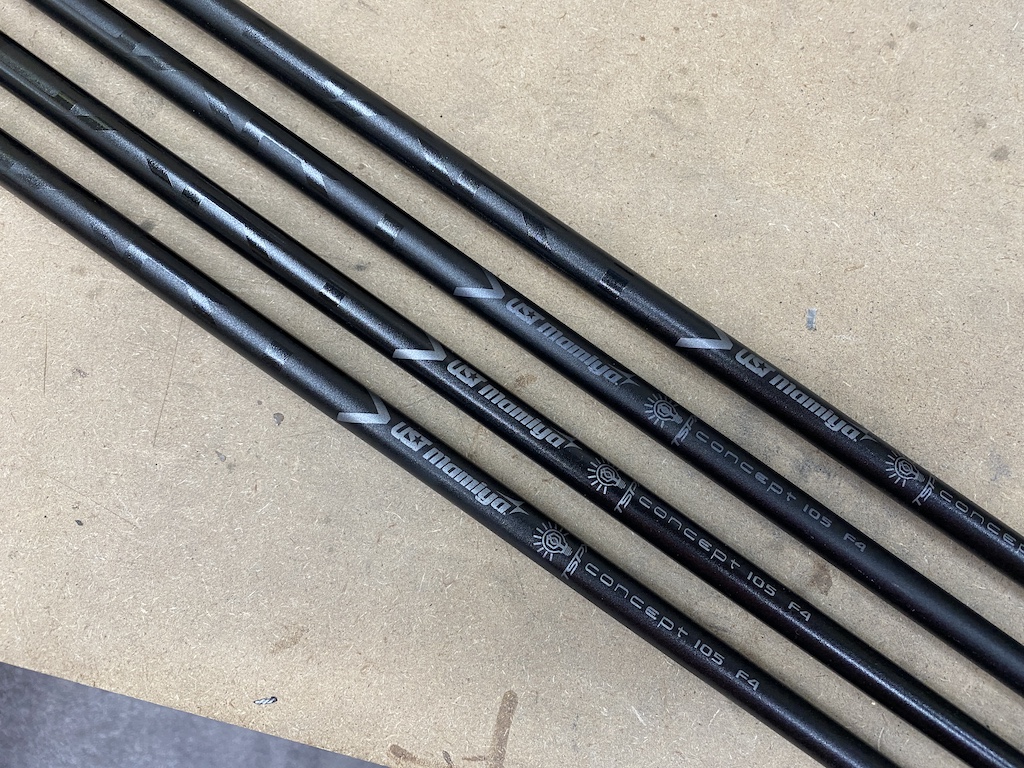
Recently, graphite iron shafts have grown in popularity as technology has taken giant leaps forward. The old thoughts of graphite being too soft, too high launching, or too inconsistent have gone by the wayside. This new batch of graphite iron shafts has been played by all levels of golfers, from players who do need help with launch and spin to professionals who are looking for added control.
Today, we’re taking a look at one of these “new graphite iron shafts.” UST Mamiya Dart V irons shafts come out of the company’s TSPX Lab that creates the most cutting-edge designs and uses the latest materials.
Check out the full review on YouTube below or on any podcast platform.

UST Mamiya’s Dart V shafts are designed around Dual Action Recoil Technology that makes sure the entire shaft flexes consistently for much tighter shot dispersion. The Dart V shafts are offered in 90, 105, and 120-gram weight options to fit a wide range of golfers. UST Mamiya also has very tight tolerances and quality control to ensure that every shaft is the same in the set. Utilizing Torray M40X carbon fiber gives the engineers a material that is 30% better tensile strength and gives the shafts better feel with less harsh vibration.
I went with the Dart V 105 F4 (stiff) shafts as I have found more success with lighter shafts as I have gotten older. Building these shafts up with a set of Vega Mizar Tour heads was very easy and didn’t take a lot of tip weights. I think the 7-iron needed a small 2g tip weight and the rest were installed without any weight at my desired D1 swing weight at standard length with standard size grips.


Out on the course, the first thing I noticed was how tight the Dart V 105 feels. Every swing feels like the shaft is under complete control, no matter if you take a partial or went after it. Stout is a great term for the shafts as they definitely play true to flex, but they aren’t harsh feeling. While the Dart V plays stiff, it still does a good job of reducing vibration and keeping joints or injured body parts free from additional shock.
You can feel the shaft load during the transition to the downswing, but it has a stiffer feel of less flex than some other graphite shafts. Some players like this boardier feel and will get it with the Dart V. Feel at impact is similar to the loading where you are going to feel some kick at the bottom of the swing, but it won’t be as aggressive as other shafts. On center strikes the Dart V offers a very solid feel with great, soft feedback. When you mishit shots with these shafts you get immediate feedback with some additional vibration that feel players will really like. The mishits aren’t too harsh on the hands but still let the head give you the louder click that your ears will want.
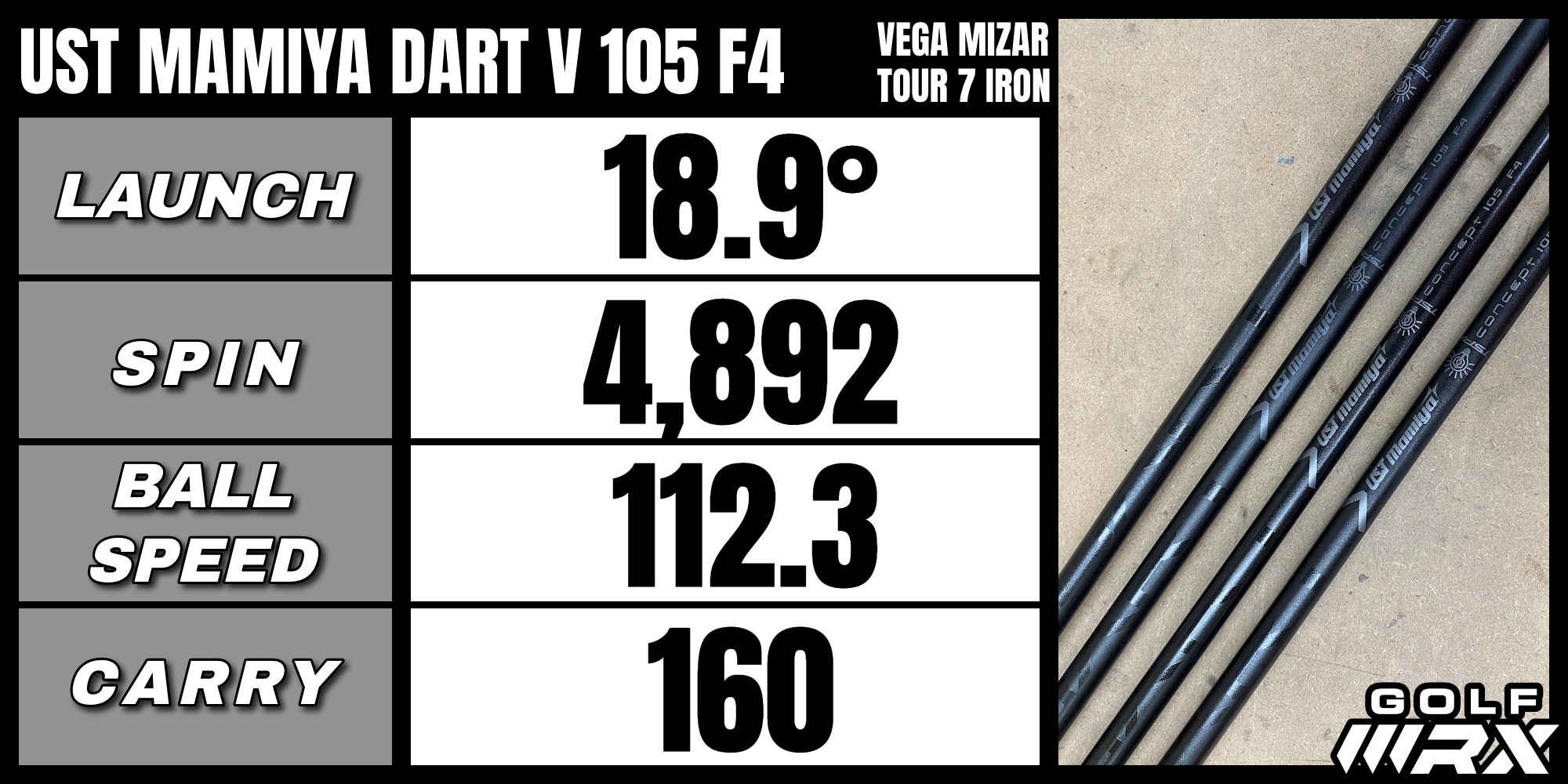
Ball flight for me was lower than I expected with UST Mamiya listing the shaft as more mid-launch. I would consider my launch with the Dart V mid-low launch with a more penetrating flight. Better players will like the ability to flight shots, with any club, higher or lower in order to get the ball close to the hole. The penetrating flight helps in windy conditions as it offers a stable trajectory that doesn’t waver from your aiming point.
Shots that you mishit off the toe or heel go pretty straight and you don’t see big curvature that causes you to really miss the green. Most of those misses come off the face fairly straight and leave you with a fairly easy chip or pitch shot to the green. Distance control is consistent and repeatable as I found on the range that well-struck shots have a very tight carry distance window and I have yet to see some wildly long or short shots show up.


Overall, the UST Mamiya Dart V iron shafts are solid options for players who are very particular about performance. Like other shafts among the new breed of graphite iron shafts, the Dart V delivers the type of shots you need when you need them.
- LIKE0
- LEGIT0
- WOW0
- LOL0
- IDHT0
- FLOP0
- OB0
- SHANK0
Equipment
Coolest thing for sale in the GolfWRX Classifieds (5/8/24): Scotty Cameron Art of Putting Laguna putter
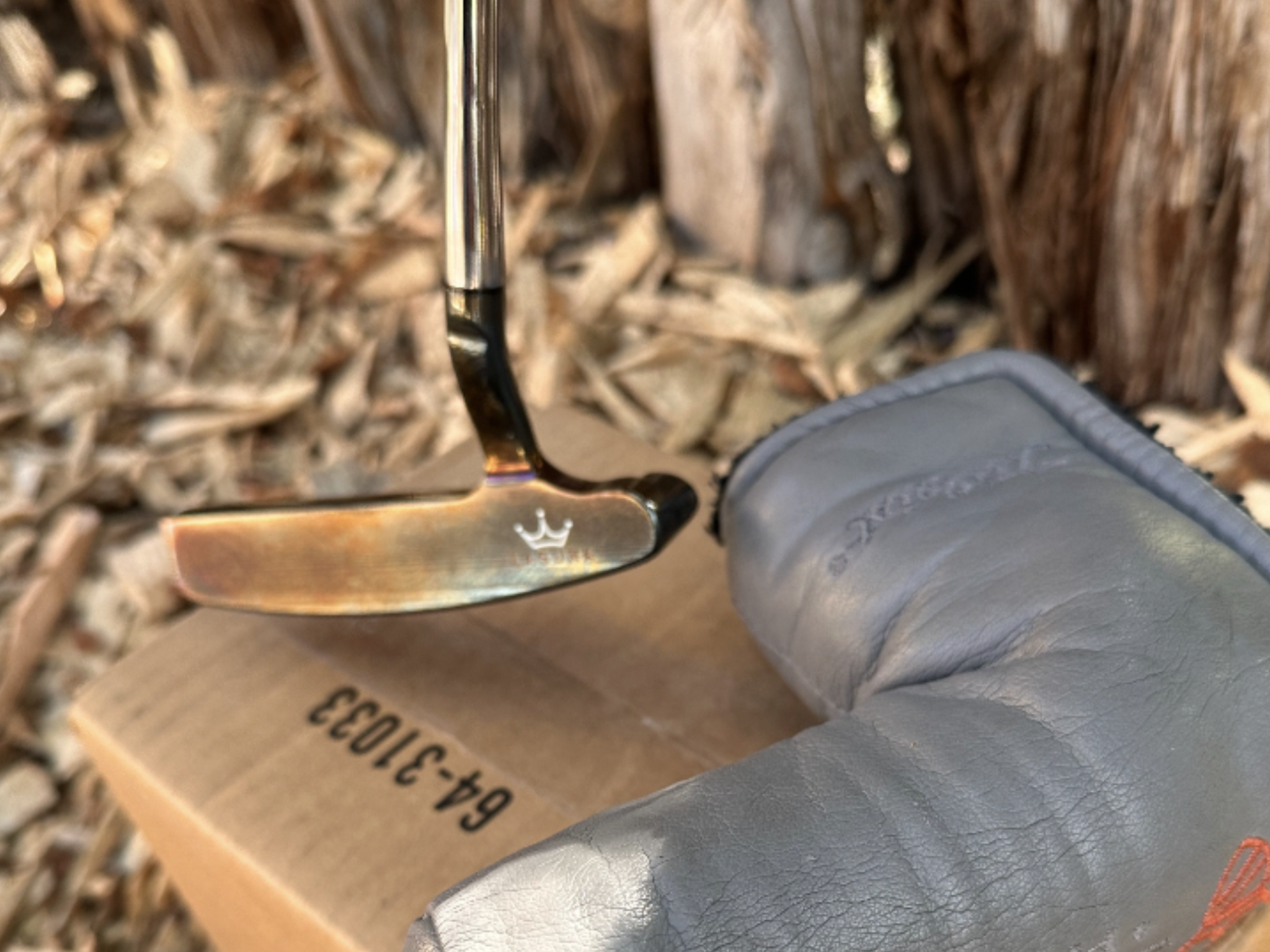
At GolfWRX, we are a community of like-minded individuals that all experience and express our enjoyment of the game in many ways.
It’s that sense of community that drives day-to-day interactions in the forums on topics that range from best driver to what marker you use to mark your ball. It even allows us to share another thing we all love – buying and selling equipment.
Currently, in our GolfWRX buy/sell/trade (BST) forum, there is a listing for a Scotty Cameron Art of Putting Laguna putter.
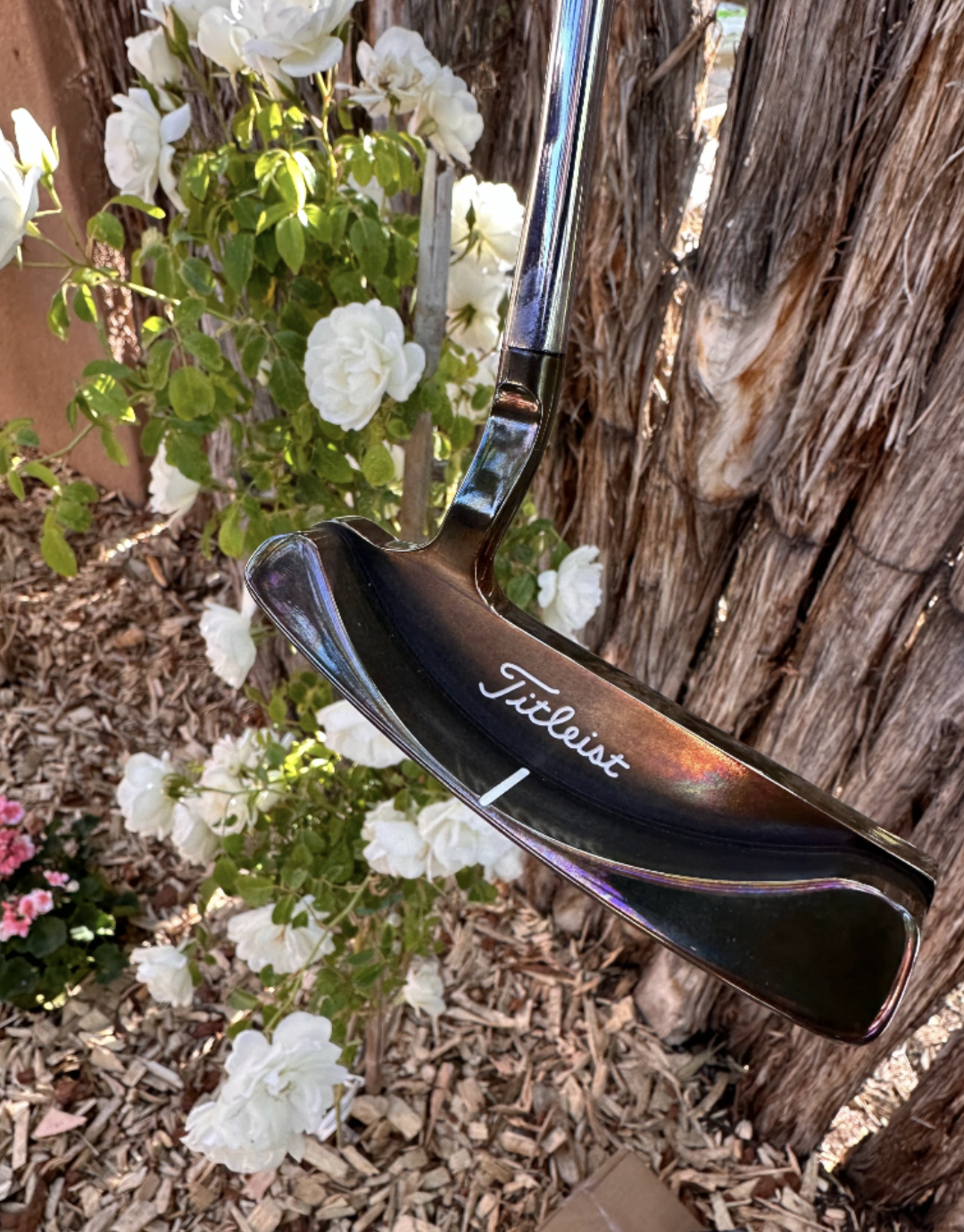
From the seller: (@kcsf): “Scotty Cameron Art of Putting Laguna. -I will regret this one selling for sure. It does have one small nick on the face near the toe as shown, otherwise in amazing new condition. -BOS reconditioned and received last month. Oil can finish as done new by BOS when this putter was released many moons ago. -Head cover is authentic SC and shows age. Velcro is worthless of course, but does stay closed. -Length is 34.25 inches, original shaft. -Grip is old and needs replacing. I can have my pro do it prior to shipping at an additional cost of the grip only. -$475.”
To check out the full listing in our BST forum, head through the link: Scotty Cameron Art of Putting Laguna putter
This is the most impressive current listing from the GolfWRX BST, and if you are curious about the rules to participate in the BST Forum you can check them out here: GolfWRX BST Rules
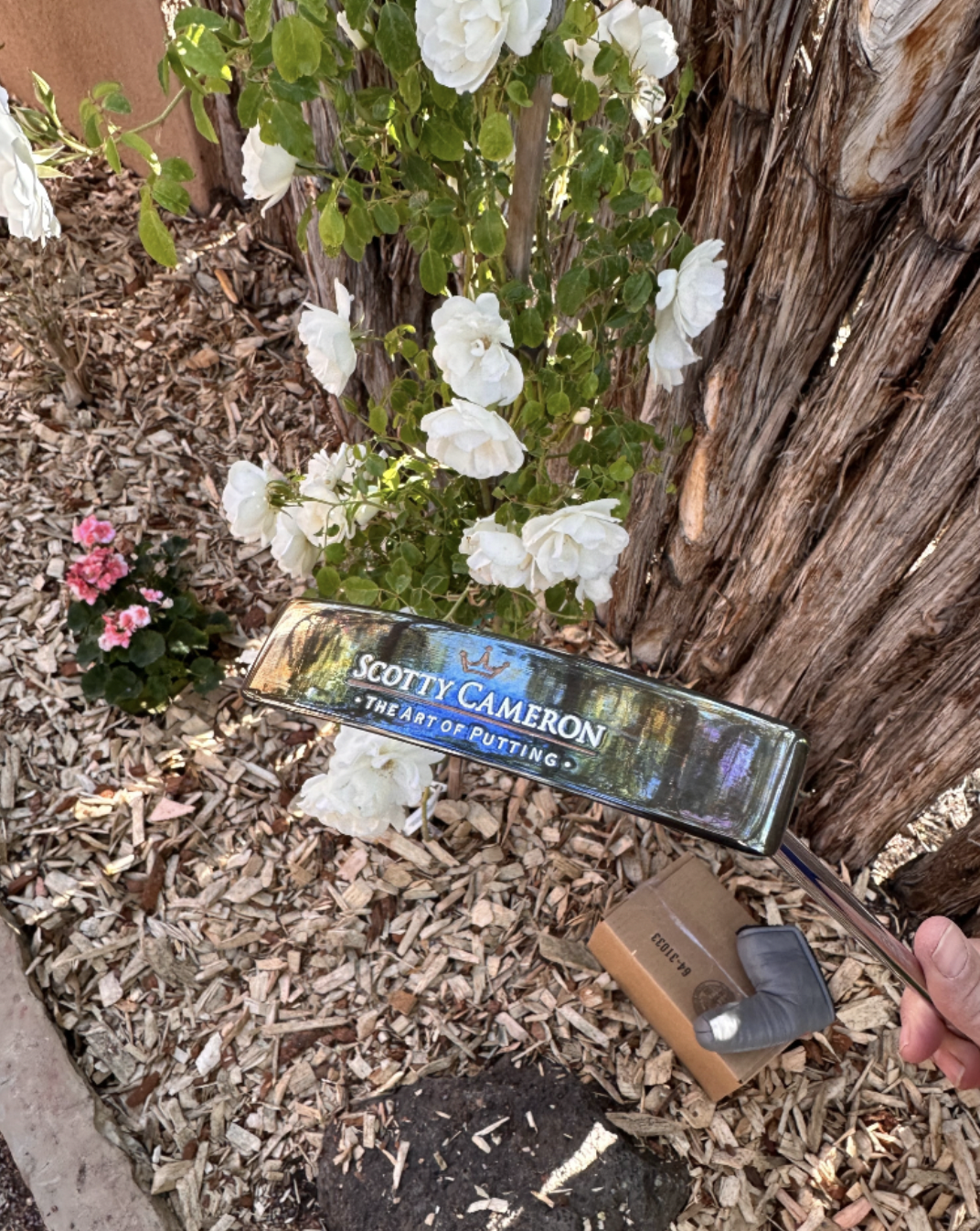
- LIKE2
- LEGIT0
- WOW0
- LOL0
- IDHT0
- FLOP0
- OB0
- SHANK0
Equipment
Mitsubishi Diamana WB: What you need to know + club build, on-course testing
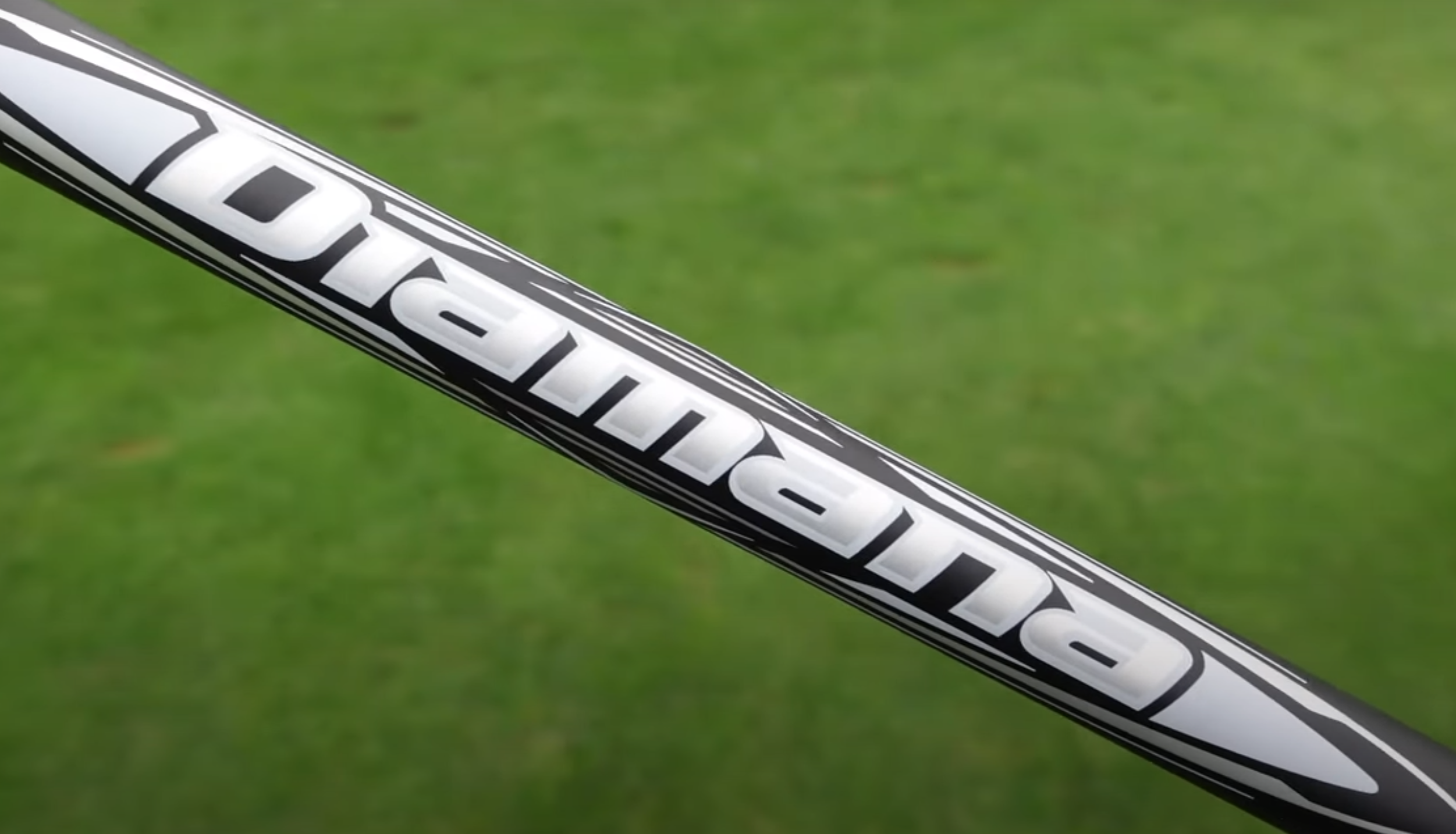
GolfWRX’s Resident Club Junkie, Brian Knudson, was naturally excited to get his hands on Mitsubishi’s new Diamana WB shaft.
In this video, BK gives you a brief overview of the new WB, builds up a driver, and takes it to the course for some testing.
With the rebirth of the iconic Whiteboard profile, Mitsubishi didn’t just re-issue a classic, but rather infused all the company’s latest tech into a new shaft, paying homage to the original with its quintessentially Hawaiian-inspired stylings. A summary of that impressive roster of technology, below.
- 80-ton Dialead pitch fiber: Positioned in the handle, Dialead is designed to deliver greater ball speed via better energy transfer.
- Aerospace-grade MR70 carbon fiber adds additional strength, and 46-ton fiber in angle plies in the tip section reduce torque for tighter shot dispersion.
- Consistent Feel Design: Engineers target minimal variance across shafts (butt OD, weight, and balance point) to make the fitting process easier.
- Xlink Tech Resin System: Engineers continue to reduce resin content and increase carbon fiber volume for greater feel without sacrificing strength and durability.
- LIKE2
- LEGIT1
- WOW1
- LOL0
- IDHT0
- FLOP0
- OB0
- SHANK0
-

 19th Hole2 weeks ago
19th Hole2 weeks agoJustin Thomas on the equipment choice of Scottie Scheffler that he thinks is ‘weird’
-

 19th Hole2 weeks ago
19th Hole2 weeks ago‘Absolutely crazy’ – Major champ lays into Patrick Cantlay over his decision on final hole of RBC Heritage
-

 19th Hole2 weeks ago
19th Hole2 weeks agoLET pro gives detailed financial breakdown of first week on tour…and the net result may shock you
-

 19th Hole7 days ago
19th Hole7 days agoGary Player claims this is what ‘completely ruined’ Tiger Woods’ career
-

 19th Hole20 hours ago
19th Hole20 hours agoReport: LIV star turns down PGA Championship invite due to ‘personal commitments’
-

 Whats in the Bag1 week ago
Whats in the Bag1 week agoTeam McIlowry (Rory McIlroy, Shane Lowry) winning WITBs: 2024 Zurich Classic
-

 19th Hole3 weeks ago
19th Hole3 weeks agoTaylorMade signs 15-year-old AJGA Rolex Junior Player of the Year to an NIL contract
-

 Equipment1 week ago
Equipment1 week agoGolf fans left surprised by LIV’s choice of course for its 2024 individual championship event

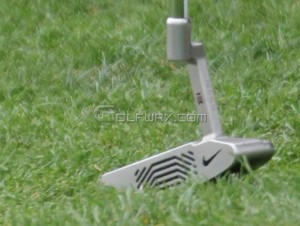
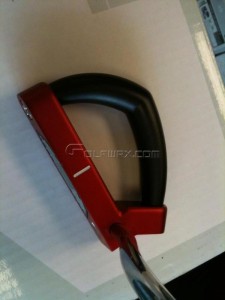
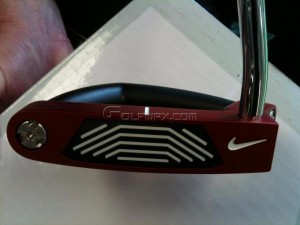
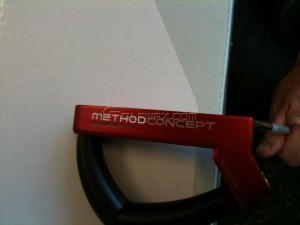
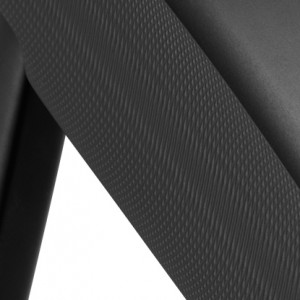
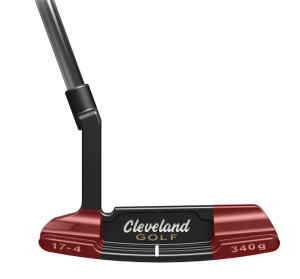
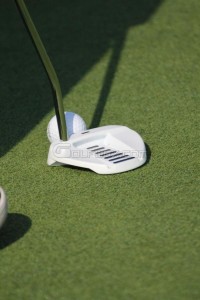



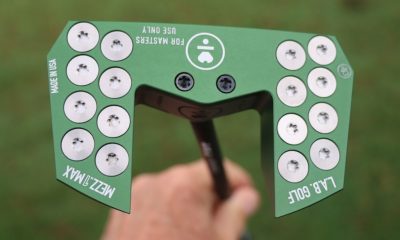



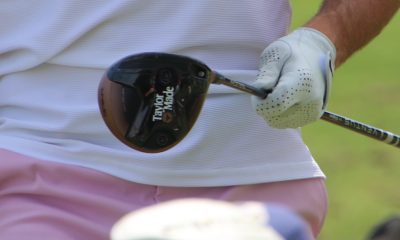

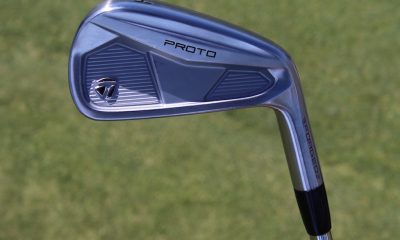

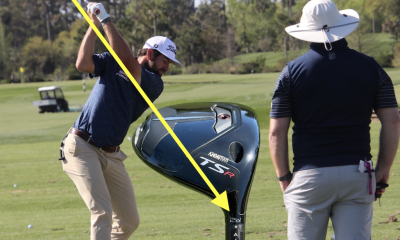

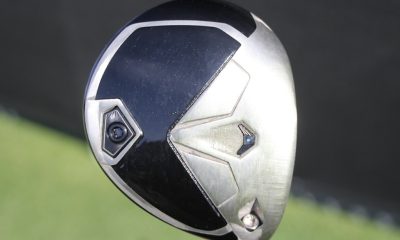









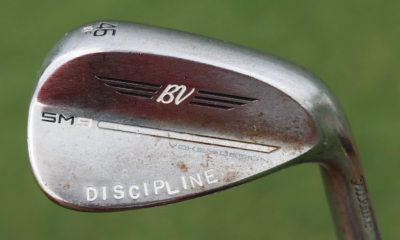







Ian
Nov 5, 2012 at 2:20 am
I understand where you’re conmig from, but not sure I agree. This new TaylorMade Manta is loaded with MOI and has some amazing alignment features, and it’s going to help a lot of recreational golfers. It’s the putter equivalent of a super-game improvement iron. So I don’t think this stuff is being developed to the exclusion of the recreational golfer. That said, if the average recreational golfer grabs a toe-down blade because he saw Mickelson win with one yesterday, then, yeah, the frustration curve is probably going to be steeper. So I think it’s less about products being developed to the exclusion of the average golfer, and more about the average golfer not always grasping the choices. It’s not about what’s hot, but rather what fits (not only in the strictest term of putter fitting, but also what’s a manageable style given one’s particularly skill level and practice time). There are plenty of super-game improvement putters out there. But if the golfer is hell-bent on getting a Mickelson-style putter, then he needs to know, going in, that he’s playing with the putter equivalent of a blade iron, and commit accordingly.
Nick
Nov 3, 2012 at 8:47 am
Because of the Belly Putter mania from last year I decided to give one a try. In order to sneak up on this protsoipion I found a Ping putter fitting club at my local golf retailer that allowed me to determine what length would work for me. Turned out to be 39.5″. I converted an existing putter by extending the shaft and when that almost worked, I added considerable weight (50 grams) to the head. The combination worked pretty well so I decided to buy a “real” one. The primary advantage of a “real” belly putter is that the shaft is heavier and make the whole thing much better balanced that the converted club.What I found shopping around (not at my local store) was a new Cleveland Classic “Almost Belly Putter”. The “almost” is because most off-the-shelf belly putters are way longer than 39.5″. If you shop for a Belly Putter, GET FITTED or you likely suffer frustration. Also, like Ping is now recommending, get a putter that supports your natural putter swing (Straight back and thru, or arcing). My Cleveland encourages a slight arc, which matches my normal swing.My experience so far is positive, at least enough to open my wallet to the tune of $150. Am I a measurably better putter then with my other putters? I can give you a big “maybe”. Distance is still a question mark, but mid and short range accuracy seem to be a bit better.